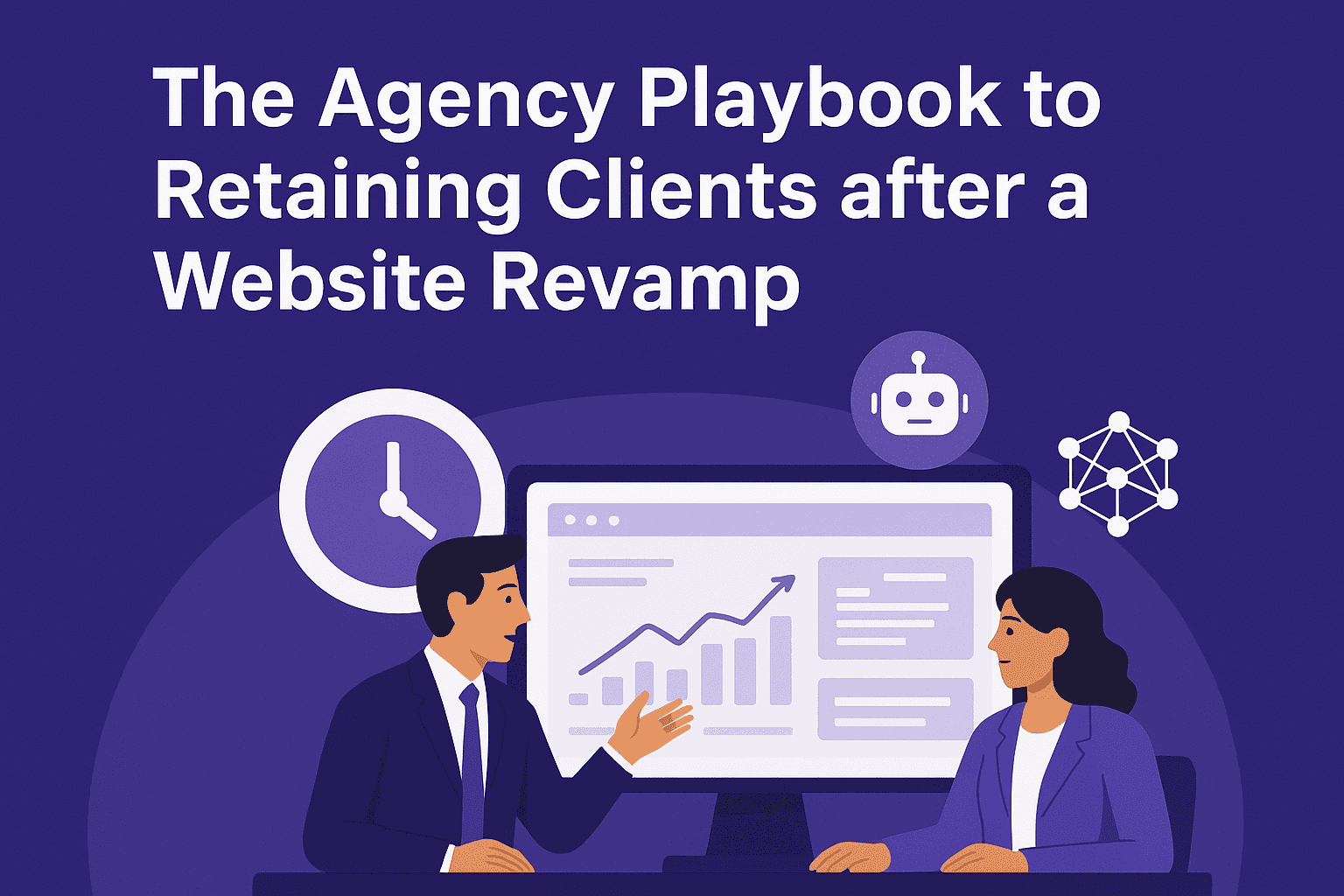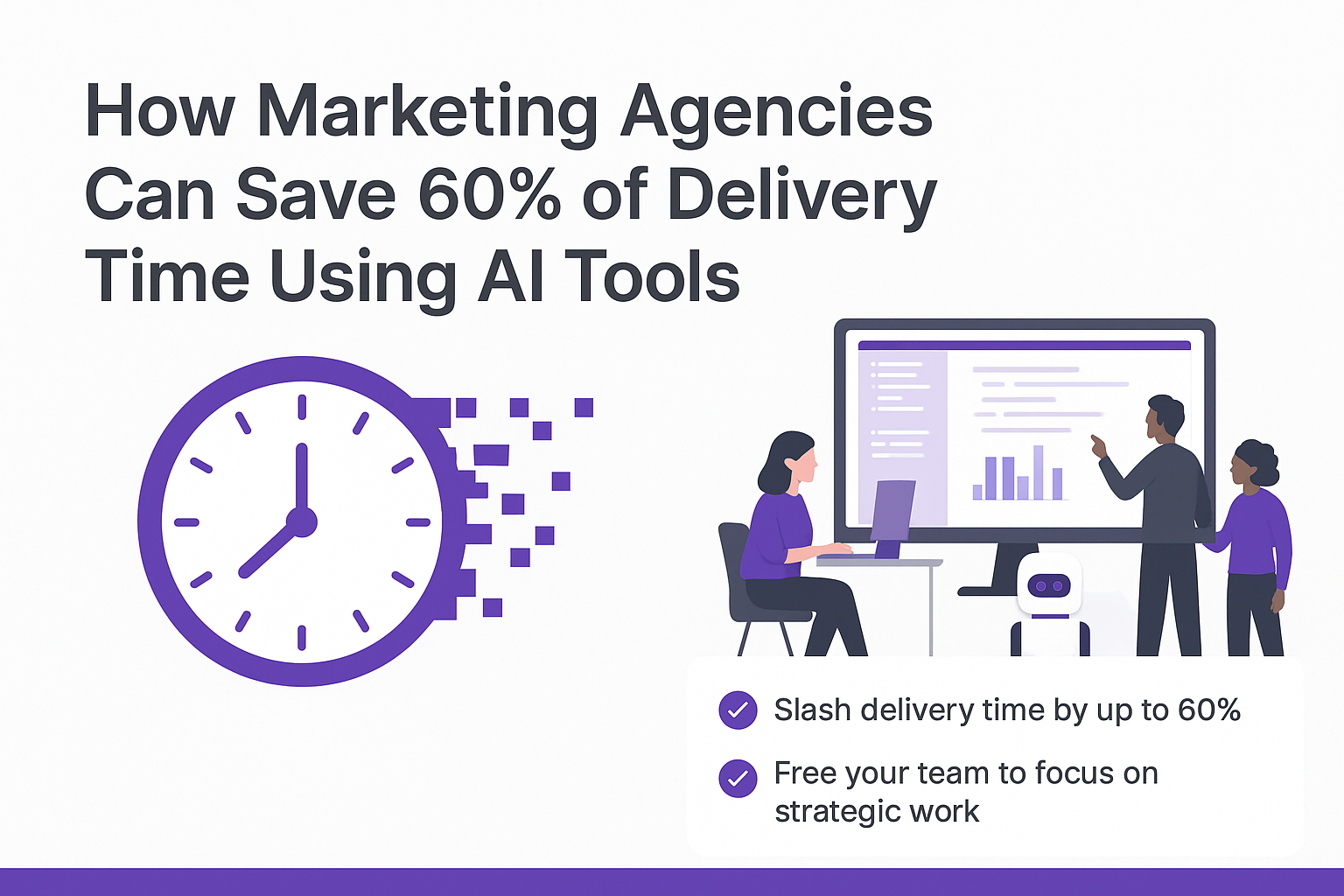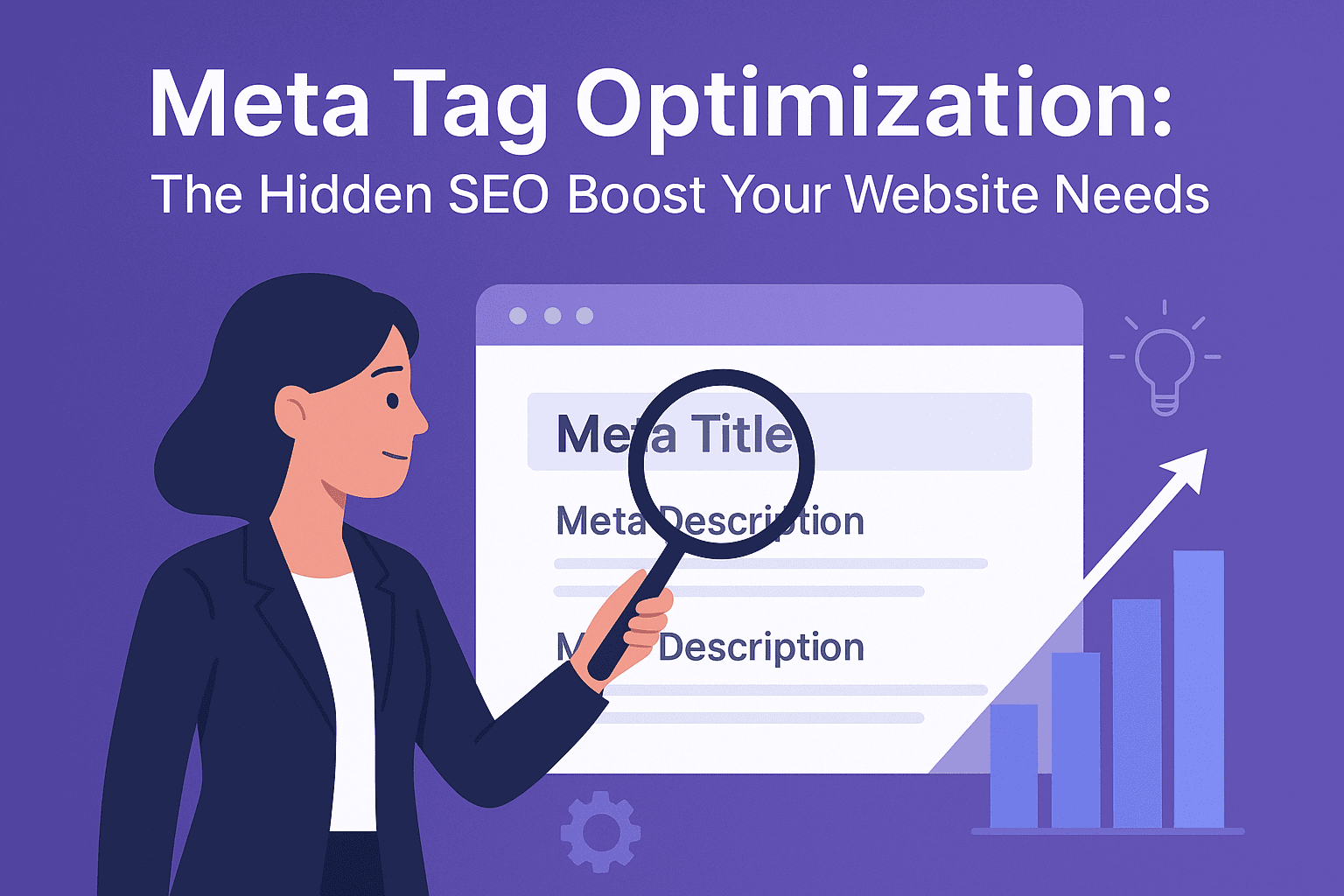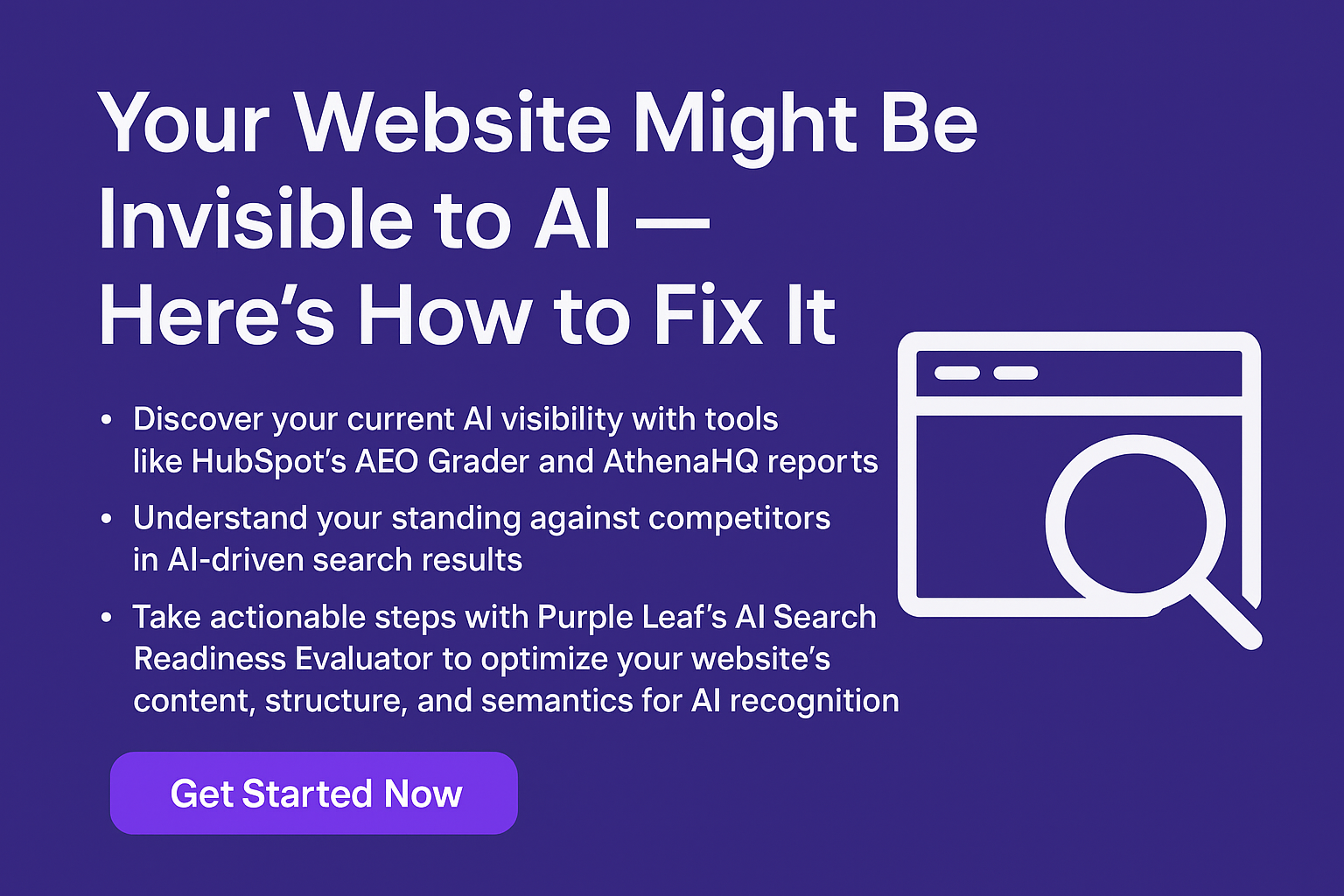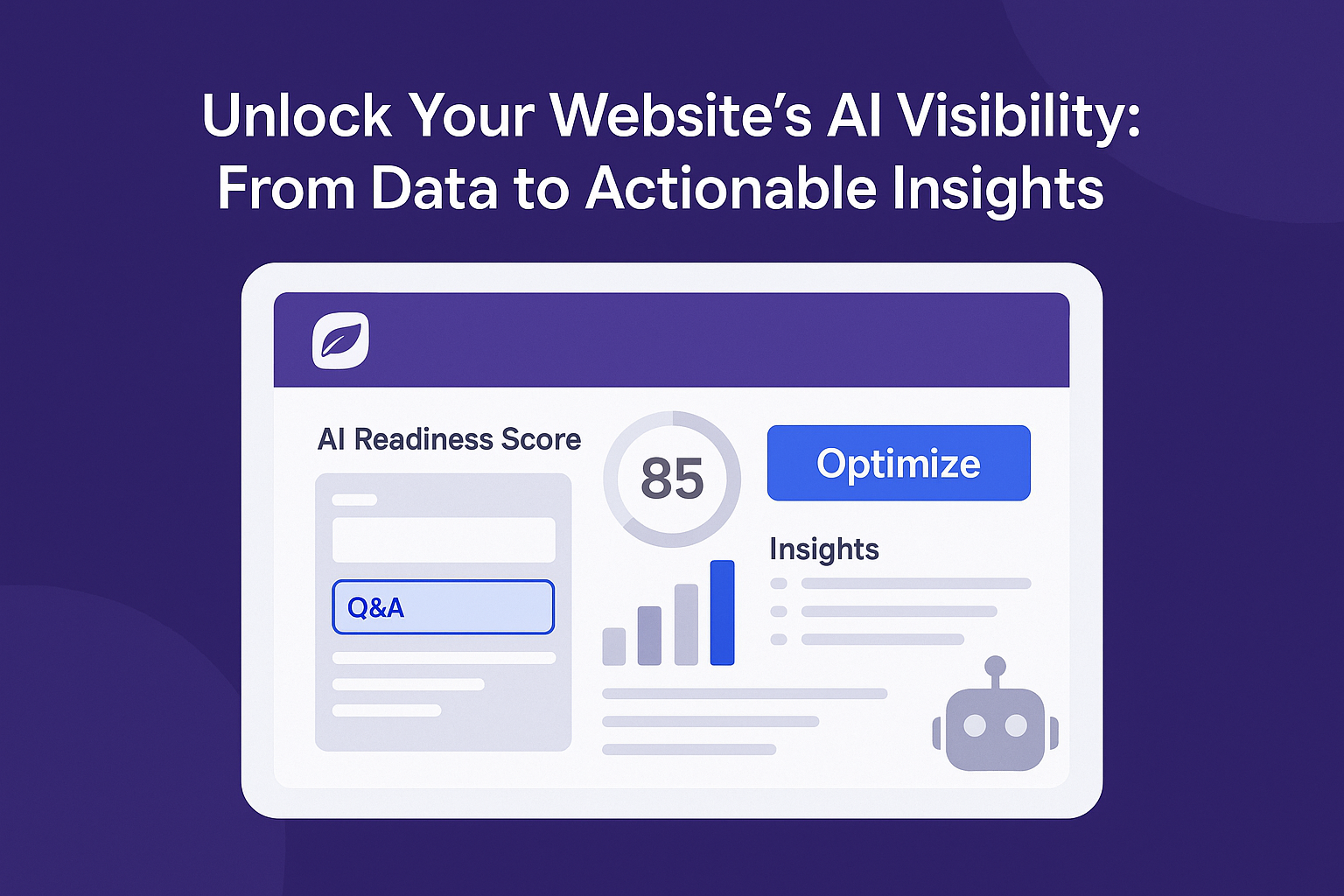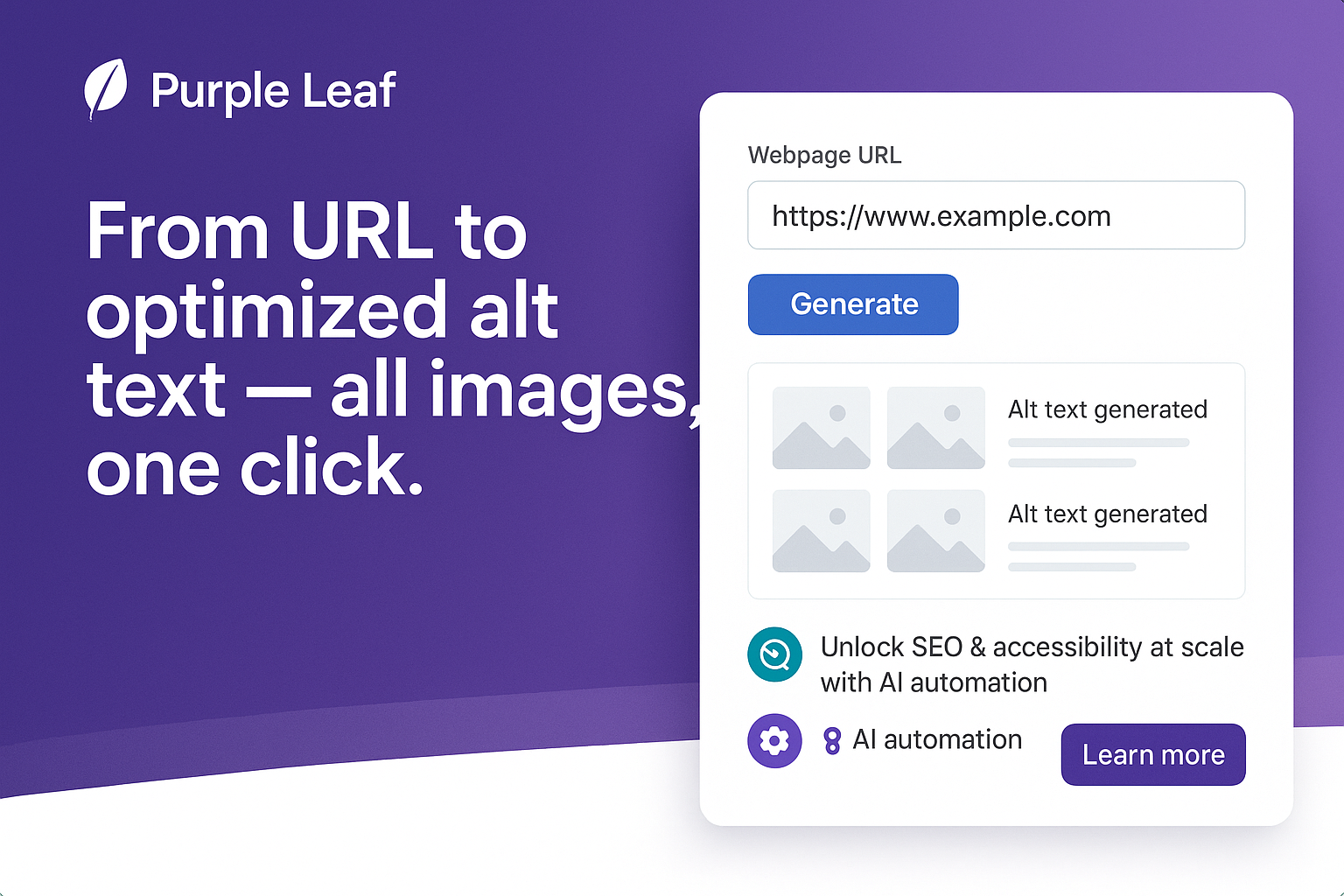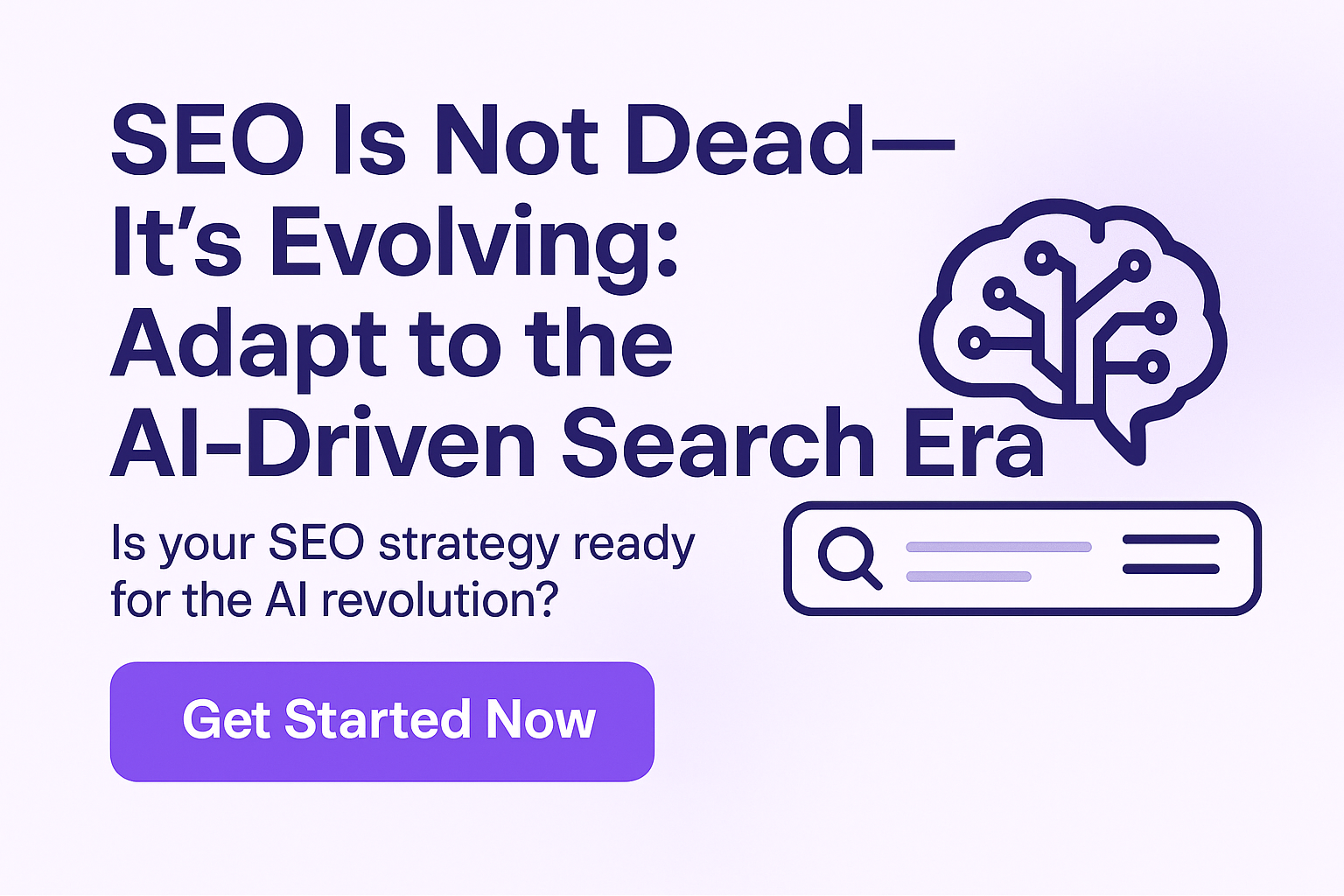
“Is SEO dead?”
That question keeps echoing across digital marketing circles. The truth? SEO isn’t dying—it’s evolving.
AI-powered discovery tools like ChatGPT, Perplexity, and Google Gemini are reshaping how users search, learn, and make decisions. Traditional SEO tactics—keywords, backlinks, and meta tags—no longer guarantee visibility.
We’re entering the era of AEO (Answer Engine Optimization) and AI Readiness, where success depends on how well your content communicates with both humans and machines.
From SEO to AEO: What’s Changing
For years, SEO revolved around keyword targeting, backlinks, and on-page optimization. But AI has changed the rules.
Today’s search engines and AI assistants don’t just crawl and index—they interpret meaning, intent, and credibility. They aim to provide direct answers, not just a list of links.
This evolution shifts the focus toward clarity, trust, and context. It’s no longer enough to optimize for search engines; your content must also be structured and written for AI understanding.
Optimizing for AI + human readers ensures your brand shows up not just in search results, but also in AI-generated summaries, citations, and recommendations.
Introducing the AI Readiness Score
The AI Readiness Score is a framework designed to evaluate how easily AI systems can find, understand, and trust your content.
Think of it as an extension of SEO—a checklist that ensures your site is not just visible on Google, but also interpretable by AI engines.
Why it matters:
- It boosts your visibility in AI-driven discovery platforms.
- It reinforces traditional SEO signals like relevance and authority.
- It aligns your site with how people—and AI—consume information today.
While many elements overlap with classic SEO, their importance has increased dramatically in the AI era.
The 14-Point AI Readiness Checklist
a. Content Clarity & User Value
1. Readability
- What it is: The ease with which users and AI can understand your content.
- Why it matters: Clear writing improves comprehension and boosts AI visibility.
- How to improve: Use short sentences, simple words, and logical flow with tools like Hemingway or Grammarly.
- What it is: A concise summary of the main points in your content.
- Why it matters: Helps AI quickly extract key insights for snippets and summaries.
- How to improve: Add a 2–3 line summary or key takeaways section at the top or bottom of every page.
3. Q&A Blocks
- What it is: FAQ-style questions and answers within your content.
- Why it matters: AI engines favor structured, question-based formats for direct responses.
- How to improve: Add natural FAQs aligned with search intent and conversational queries.
- What it is: Consistent emphasis on your main topics and key entities.
- Why it matters: Reinforces what your page is about, helping AI understand your expertise.
- How to improve: Reiterate primary terms, names, and topics naturally across sections.
- What it is: How scannable and snippet-friendly your content structure is.
- Why it matters: AI tools and search engines prefer compact, digestible sections.
- How to improve: Use bullets, lists, and short paragraphs to surface key details quickly.
b. Structure & Technical Foundations
- What it is: The logical use of H1–H6 tags to organize topics.
- Why it matters: AI relies on heading order to interpret relationships between ideas.
- How to improve: Ensure only one H1 per page and use H2–H6 for subtopics in order.
7. Structured Data (Schema Markup)
- What it is: Code that helps AI and search engines identify content type and meaning.
- Why it matters: Enables rich results and improves AI understanding of context.
- How to improve: Implement schema for articles, FAQs, reviews, and products using tools like Schema.org or Google’s Rich Results Test.
- What it is: Fully optimized titles, descriptions, and meta tags.
- Why it matters: AI uses metadata to classify and summarize your content accurately.
- How to improve: Write clear, keyword-aligned meta titles and descriptions for each page.
- What it is: Descriptive text for images.
- Why it matters: Helps AI “see” visuals, improving accessibility and contextual relevance.
- How to improve: Write specific, keyword-rich alt text that matches on-page content.
c. Authority & Trust Signals
10. Outbound Links
- What it is: Links to reputable external sources.
- Why it matters: Signals credibility and topical depth to AI systems.
- How to improve: Reference trusted domains like research sites, official publications, or experts.
- What it is: Clear attribution to content creators or cited sources.
- Why it matters: Builds authority and trustworthiness—crucial for AI-driven credibility checks.
- How to improve: Include author bios, credentials, and source citations for claims or data.
- What it is: Your brand’s verifiable details—About, Contact, or Company pages.
- Why it matters: AI favors transparent and identifiable organizations over anonymous sites.
- How to improve: Add full company details, social links, and an accessible contact section.
d. Depth & Freshness
- What it is: Hyperlinks connecting relevant pages within your site.
- Why it matters: Builds topical authority and helps AI map your site’s structure.
- How to improve: Link related blogs or service pages using natural anchor text.
- What it is: The frequency and relevance of your content updates.
- Why it matters: AI and users both prefer timely, up-to-date information.
- How to improve: Review and refresh older posts quarterly—update stats, links, and examples.
SEO + AEO: Where They Overlap
Many of these checklist points—like headings, meta data, and schema—are core SEO elements.
But with AI, they’re not just about ranking.
Now, these signals determine whether your site is:
- Quoted by AI assistants.
- Cited in conversational answers.
- Referenced as a credible source in summaries.
In short: Strong SEO now fuels AEO success. The same foundations—clarity, structure, and authority—are what make content understandable and trustworthy to AI systems.
Why AI Readiness Matters for the Future of Search
AI assistants are becoming the front door to information. Instead of “Googling,” users are “asking.”
If your website isn’t ready, you’ll be invisible in this new search paradigm—no matter how good your SEO was.
AI-ready sites are more likely to be:
- Discovered by AI engines like Perplexity and Gemini.
- Quoted in conversational answers.
- Trusted in algorithmic summaries and recommendations.
Your AI Readiness Score is the roadmap that ensures your site stays relevant, visible, and credible in this evolving digital landscape.
Conclusion
SEO isn’t dead—it’s evolving into a smarter, more dynamic form: AEO.
Preparing your website for AI-driven discovery ensures you’re not just found—but trusted, cited, and recommended.
That’s where Purple Leaf steps in.
With Purple Leaf’s intelligent AI-powered tools, you can easily analyze your website, identify gaps, and automatically generate optimized social media posts and content that enhance your AI Readiness Score. It helps your brand stay visible not only on search engines but also across AI-powered platforms.
Start optimizing with Purple Leaf today—and make your website truly AI-ready for the future of search.
